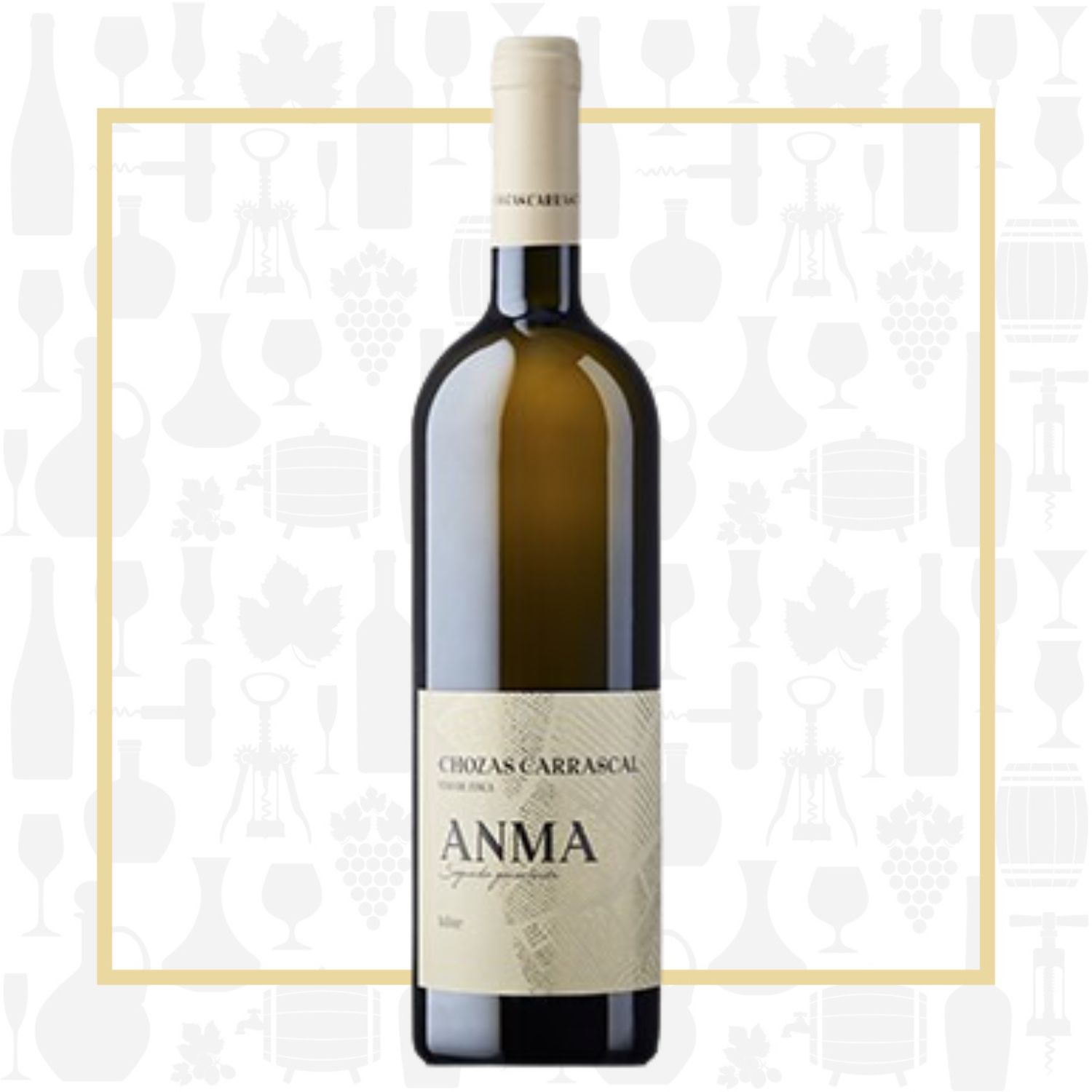Cellar Profile
In 1990, husband and wife team Julin López and María José Peidro purchased an established vineyard in the Requena-Utiel region of Valencia in southeastern Spain. Shortly thereafter, when their extensive studies identified that their terroir was similar to that of many of the French vineyards they frequently visited as a family, they planted several international grape varieties. Today, the Chozas Carrascal vineyard is comprised of 14 plots sitting at 750-840 metres above sea-level on a thick slab of limestone-based subsoil, distinctive within the region. Their climate is significantly more continental than the rest of the D.O.P., with hot, dry summer days and cool, fresh nights. The winery’s uniqueness was recognized in 2012 when it was awarded ‘Vino de Pago’ status, meaning the winery is its own D.O., separate, distinct and at the top of the Spanish wine hierarchy. To date, there are 21 Vino de Pago properties in the country, each one representing a singular identity that combines the best of tradition and modernity. The 30-hectare vineyard at Chozas Carrascal is planted with 12 grape varieties split between local, indigenous grapes—Bobal, Monastery, Garnacha, Tempranillo and Macabeo—and widely-recognized French examples: Cabernet Sauvignon, Cabernet Franc, Merlot, Syrah, Chardonnay, Viognier and Sauvignon Blanc. These vineyards are farmed and certified organic and the wines exhibit elegant structure, intense, complex character and, most importantly, delicious drinkability.
Region
Utiel-Requena is a Spanish Denominación de Origen Protegida for wines located in the province of Valencia. It takes its name from the two neighbouring towns of Utiel and Requena and is renowned for the predominant use of the Bobal grape variety. Although these wines are moderately contemporary, the region is anything but. Traces of Phoenician amphorae suggest viticulture and wine production here date at least as far back as the 7th century BC. Chozas Carrascal is sits at 700m above sea level, approximately 65 km from the coast. Despite its proximity to the sea, the climate is decidedly continental, making for hot summers, cold winters and large diurnal temperature variations. The estate’s dry setting is somewhat offset by its limestone-rich soils, which importantly retain moisture. DO Utiel-Requena produces mostly red wines and nearly 95% of the vineyards are planted with red grape varieties.
Vineyard
Chozas Carrascal is a family winery with the Pago Chozas Carrascal Designation of Origin. Due to its elevation and proximity to the Juan Navarro mountain range, which contributes dominant northern winds, it is one of the coldest areas in Valencia. The extension of the Sierra Juan Navarro to the southeast slows down a large part of the clouds that come from the Mediterranean loaded with water so rainfall at Chozas Carrascal is less than in other areas of the region. The vineyard relies greatly on the south western facing sunlight, radiating more than 3,000 hours of direct sunlight per year.
Winemaking
The majority of hand-harvested grapes (80%) are pressed and fermented in a stainless steel tank. The remaining fruit is fermented with skin contact in concrete eggs. Once the fermentation, using indigenous yeasts, is finished, the blend is transferred to a very large foudre, where is aged for 6 months before bottling & release.
Varieties
Grenache/Garnacha Blanc is a low acid, high quality grape originally from Southern France and the Pyrenees region of Spain. In France, it is one of the main constituents in white Côtes du Rhône, blended with Roussanne, Marsanne, Viognier and other less distinctive white grapes. It is prone to oxidation, so care must be taken around harvest time to ensure the grapes and must stay cool. It is best fermented at low temperatures to retain freshness, and herbaceousness, but becomes quite full-bodied when allowed to undergo malolactic fermentation.
Tasting Notes
A nose of light honey, white flowers, ripe apple and pear. The palate is medium-bodied, with lip-smacking acidity with notes of apple, pear, tart citrus and a touch of fennel. Chill lightly and serve with roast pork, salmon cakes or tangy goat cheese.

